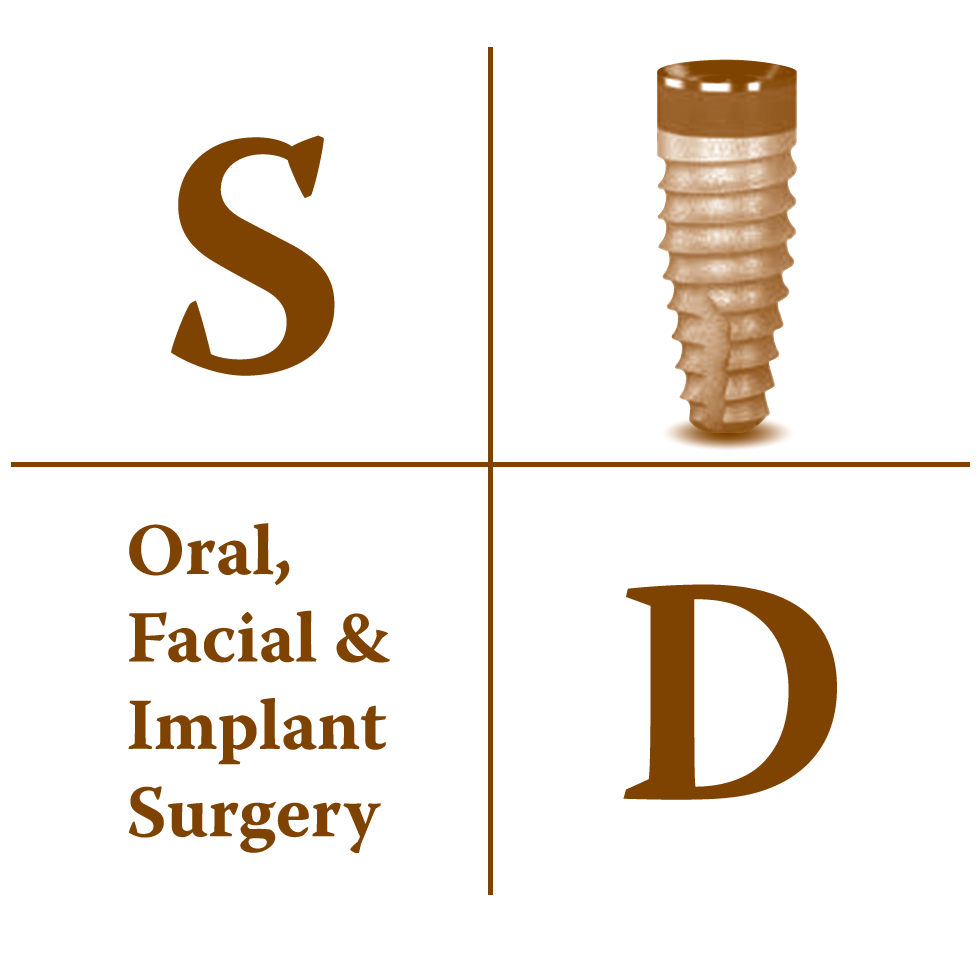Platelet Rich Fibrin (PRF)
Platelet Rich Fibrin (PRF) is a by-product of blood that is exceptionally rich in platelets, white blood cells, and growth factors. Each of these three components play an essential role in the wound healing process. PRF has long been used in the hospital setting to accelerate the body’s own healing process, but it is only recently that advances in technology have allowed this same technique to be used in the dental office.
There are several ways in which PRF can be used in dentistry:
Bone Grafting – This includes closure of a cleft lip and cleft palate deformities, sinus lifts, ridge augmentation, and socket preservation grafts.
Bone Repair – PRF is often used in repairing of defects due to tooth removal, coronectomy, or the removal of growths and cysts.
Barrier Membrane – PRF can be used as a barrier membrane to separate bone and soft tissues.
Fistula Repair – PRF can be used to repair fistulas between the mouth and the sinus cavity or the mouth and the nasal cavity.
Reasons for platelet rich fibrin treatment
Platelet rich fibrin application is now widely used to expedite the post-procedure healing process. Since the blood used will come from the patient’s own body, disease transmission and allergic reactions are not factors. Almost all patients report a much greater degree of comfort immediately after their procedure. A few of the specific advantages of PRF application include:
Lower Infection Risk – PRF applied to the surgical site contains many of the white blood cells that play an essential role in fighting infections. The use of PRF during surgery increases the number of these cells during the initial stages of healing, thereby playing a central role in infection prevention.
Accelerated Healing – The application of PRF to the wound helps increase tissue regeneration after injury. This is achieved through the individual roles each of the PRF components play. Platelets and growth factors serve as a signal for the body to recruit, organize, and activate all the essential components needed for wound healing. White blood cells not only help to fight infection and remove injured tissue, but they play an essential role in enhancing the blood supply to the surgical site.
Safety and Convenience – Disease transmission and allergic reactions are non-issues since the blood is harvested from the patient’s own blood supply. The amount of blood needed is small and can be collected on the day of your procedure.
What does platelet rich fibrin treatment involve?
The surgeon will initially assess if your candidate for PRF treatment based on your health and proposed treatment plan. Patients with blood clotting disorders will be unable to take advantage of this treatment. A small sample of your blood will be collected on the day of your procedure. The blood sample will then be placed into a centrifuge to remove the red blood cells and create a fibrin clot which contains the platelets, white blood cells, and growth factors. This clot will then be applied to your surgical site using one of several research proven techniques to augment the healing process. The PRF may be applied to the wound to fill a surgical defect, flattened to cover the wound, or mixed with bone graft material. Your surgeon will discuss which method they plan to use for your specific treatment needs during the consultation visit.



